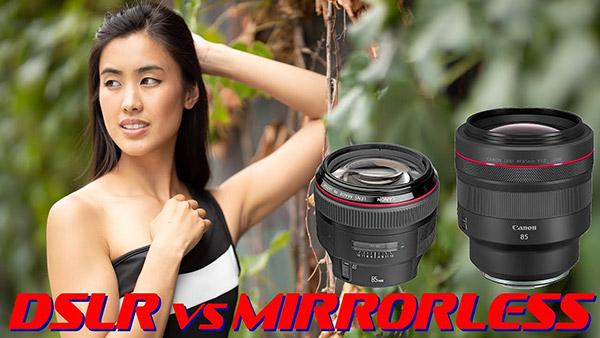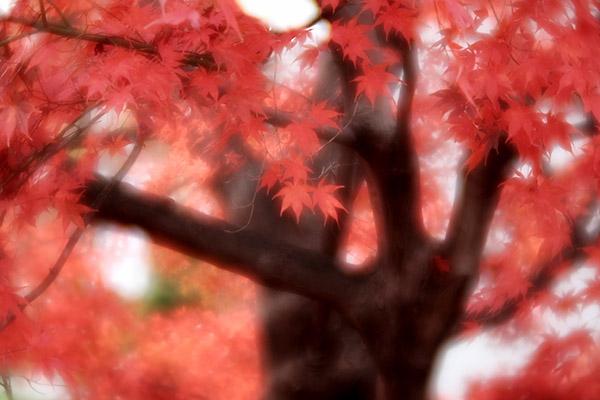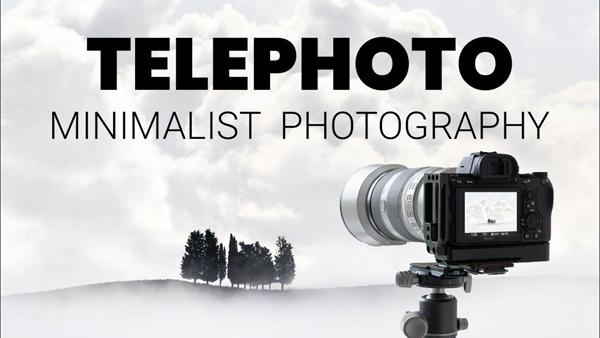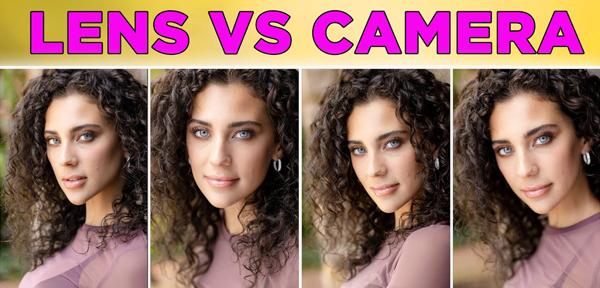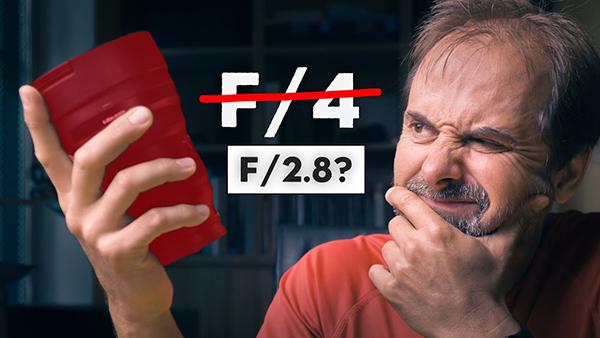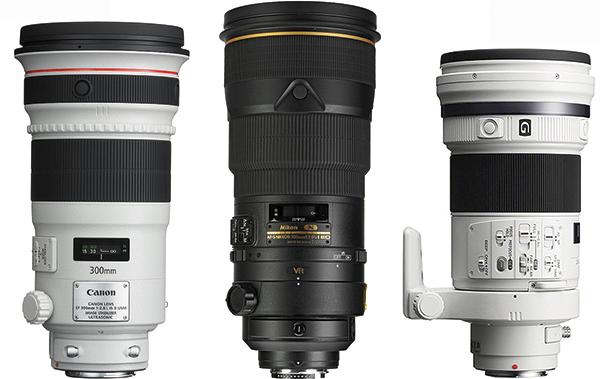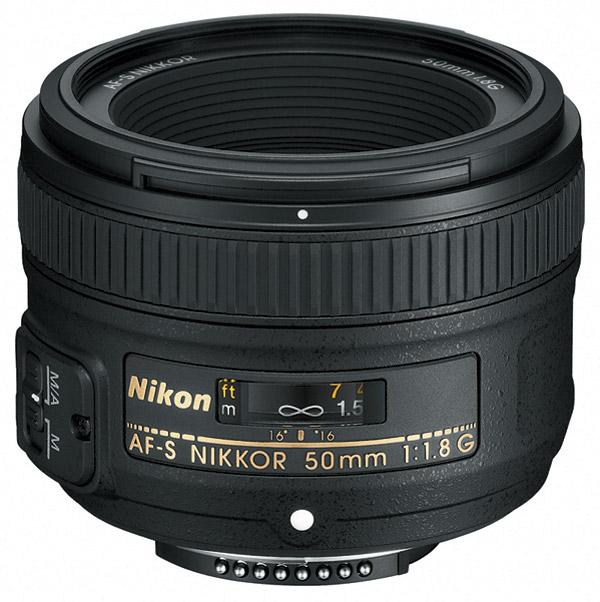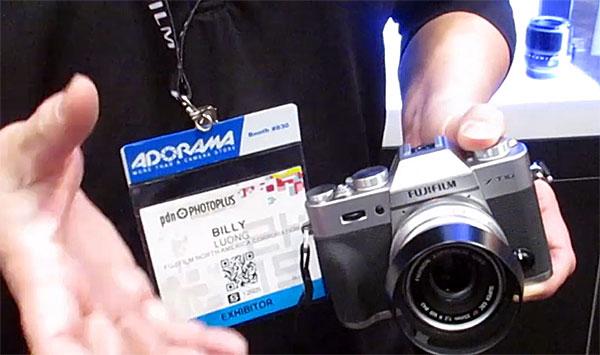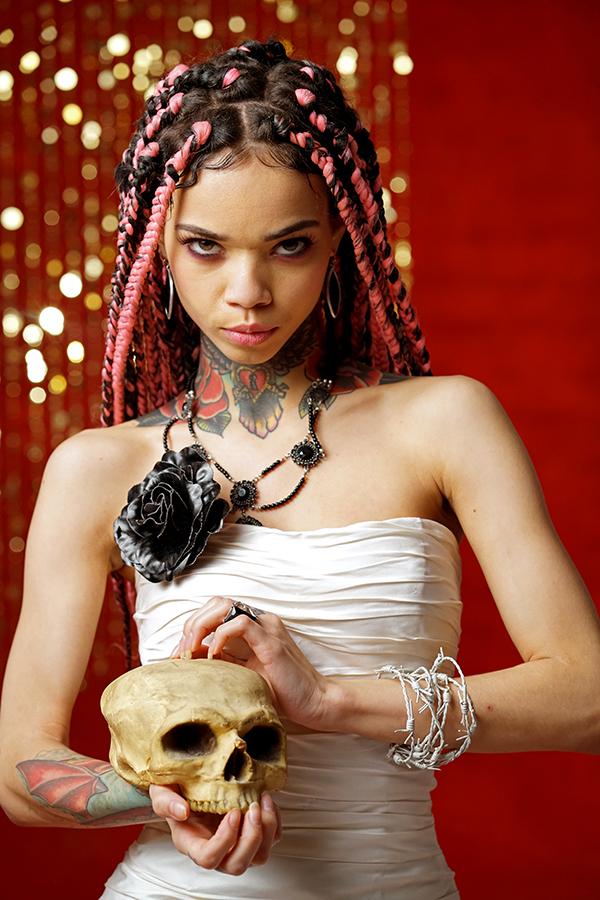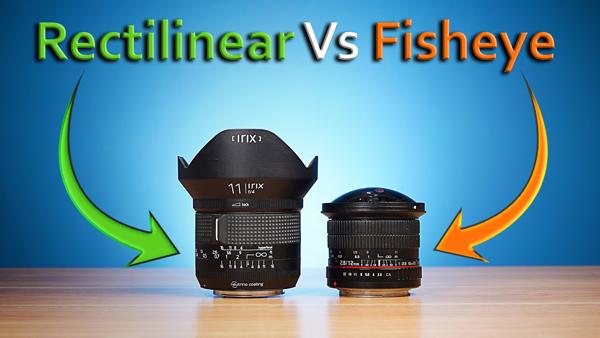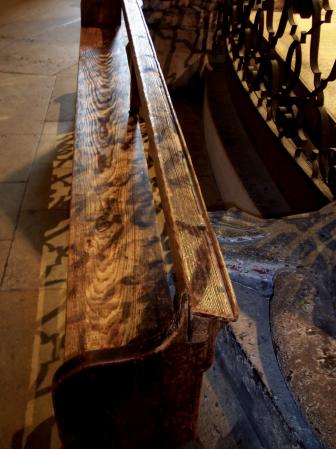Lens News
Sort By: Post DateTitle Publish Date
|
Jul 05, 2019 |
|
Nov 20, 2015 |
Everything You Wanted to Know About the Tech in Nikon's Nikkor Lenses But Were Afraid to Ask (VIDEO)
|
Jan 29, 2018 |
|
Nov 18, 2020 |
|
Jan 30, 2020 |
|
Sep 30, 2024 |
|
Jun 01, 2009 |
|
Sep 09, 2011 |
First Published: Aug 01, 2011 |
|
May 16, 2012 |
First Published: Apr 01, 2012 |
|
Oct 24, 2015 |
|
Feb 16, 2017 |
|
Aug 01, 2010 |
